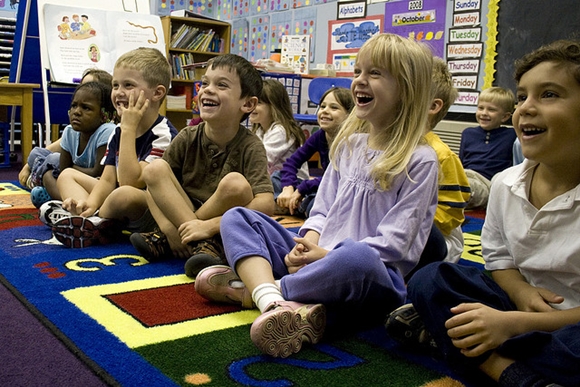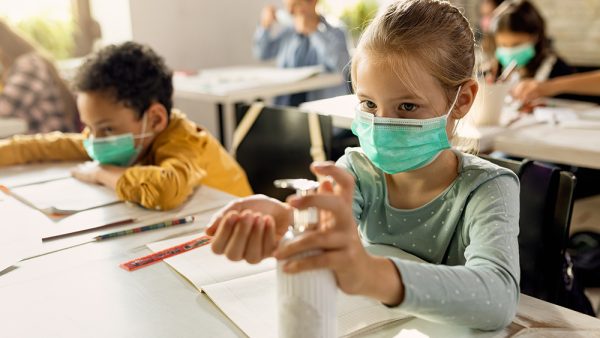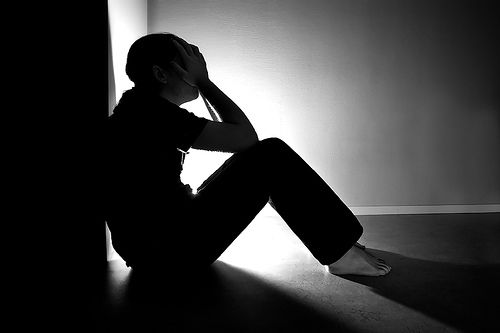

David Thornburg is an award winning author and consultant who specializes in the ways in which computer technology influences our lives, particularly the ways we learn. As part of his research, he has proposed that we need access to four basic environments, or ‘learning spaces’ in which to operate in order to learn effectively.
The campfire is where we share knowledge and information with others. This is about preserving knowledge and, in the past, where technologies for encoding information (such as writing, books and, now, the Internet) were not developed, this was an essential means of ensuring that essential information was not lost to the community, that it did not, for example, die with one individual. The oral traditions – the stories – of many cultures are the embodiments of their campfires.
The watering hole is where creative discussions take place. Information does not exist in a vacuum – we have to make sense of it, put it into a context. The same data can mean different things to different groups at different times and, in the end, the sense made of all knowledge is contingent on time and place. We are social animals and so the watering hole is a place where we explore knowledge in the context of the community.
Although we are social animals, we also need time alone. The cave is a place where we retire to construct meaning for ourselves. It is a place of solitude and reflection, where we go inside and synthesize the information to which we have been exposed.
The mountain top is where we publicly demonstrate our knowledge and understanding. This is a ‘peak experience,’ where we demonstrate mastery and teach others in the community and beyond.
Using Thornburg’s ideas of ‘learning spaces,’ it is easy to see how making some changes to the way we think about learning and how we set up environments for our kids to learn can make a difference to the quality of educational outcomes.
Encourage collaboration
People learn best when they are communicating. An old fashioned view of education is that students need to compete with each other and that knowledge should not be shared in case others get an ‘unfair advantage.’ This is a mistake since it is exactly the opposite of how we learn best. Encouraging your kids to form study groups and to discuss their work is really important.
Encourage story telling and creativity
A lot of education is traditionally about rote learning and drill. Sometimes this is necessary but, for the most part, an educational experience should be about creativity. Being creative is not just for the Arts – Science and Mathematics are profoundly creative pursuits, and most advances in these areas have come from people ‘thinking outside the box’ and approaching problems in new and innovative ways.
Put things in context
Learning takes place best when there is a sense that it is meaningful. People are unlikely to engage with content presented in a very abstract way. It is also important to make links between different areas, so breaking away from the traditional subject areas, using more thematic approaches, can be a very useful thing to explore.
Provide the right environments
Research has shown that people learn best when they learn in different kinds of environments. Instead of following the traditional advice of setting aside a regular place to study, it may be best to provide a number of different places where kids can do their school work. This said, we all need time to be alone and reflect so as to make sense of our learning, so it’s also important to provide a quiet place kids can go to do this.
Making a few simple changes to the way you think about learning can enhance your kids’ ability to learn effectively. Some school boards in the US have taken on these ideas and made changes to the physical layout of their schools. If any readers have experience of these ideas being put into practice, I’d love to hear about them.










